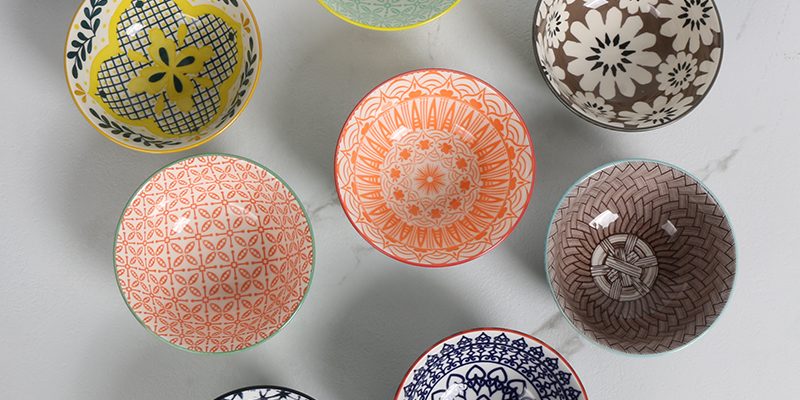Ceramic bowls have evolved from humble functional tools into collectible art pieces that captivate collectors, enthusiasts, and artisans alike. These vessels, characterized by their craftsmanship, historical significance, and aesthetic appeal, have transcended their utilitarian origins to become coveted treasures that reflect cultural heritage and artistic innovation.
The journey of ceramic bowls from functional objects to collectible art reflects the intersection of craftsmanship and cultural heritage. Ancient civilizations valued ceramics not only for their practical use but also for their symbolic and artistic qualities. As societies developed, ceramic techniques were refined, resulting in intricate patterns, exquisite glazes, and innovative forms that showcased the mastery of potters.
The historical significance of ceramic bowls adds to their allure as collectibles. Archaeological findings of ancient ceramic vessels provide insights into past civilizations’ daily life, customs, and culinary practices. Collectors are drawn to these bowls as windows into history, as they tell stories of cultural exchange, trade routes, and artistic evolution.
Ceramic bowls also hold cultural and artistic value through their representation of regional traditions. Different regions have developed distinct styles, techniques, and motifs that reflect the aesthetics and values of their cultures. The diversity of ceramics, from Chinese porcelain to Moroccan pottery, allows collectors to explore and appreciate the global tapestry of artistic expression.
As collectible art pieces, ceramic bowls also hold aesthetic value. The unique combination of form, glaze, texture, and design makes each bowl a standalone masterpiece. The intricate patterns and meticulous craftsmanship make these bowls focal points of artistic appreciation, whether displayed on shelves, in curated exhibits, or as part of private collections.
The modern appreciation for ceramic bowls as collectibles has led to a resurgence of interest in traditional techniques. Artisans and contemporary potters often draw inspiration from historical styles, infusing them with modern sensibilities to create pieces that honor tradition while embracing innovation.
In conclusion, ceramic bowls have transitioned from functional tools to revered collectible art pieces that embody craftsmanship, history, and artistic expression. The interplay of cultural heritage, historical significance, and aesthetic charm makes these bowls cherished treasures that connect us to the past while inspiring new artistic creations.
















